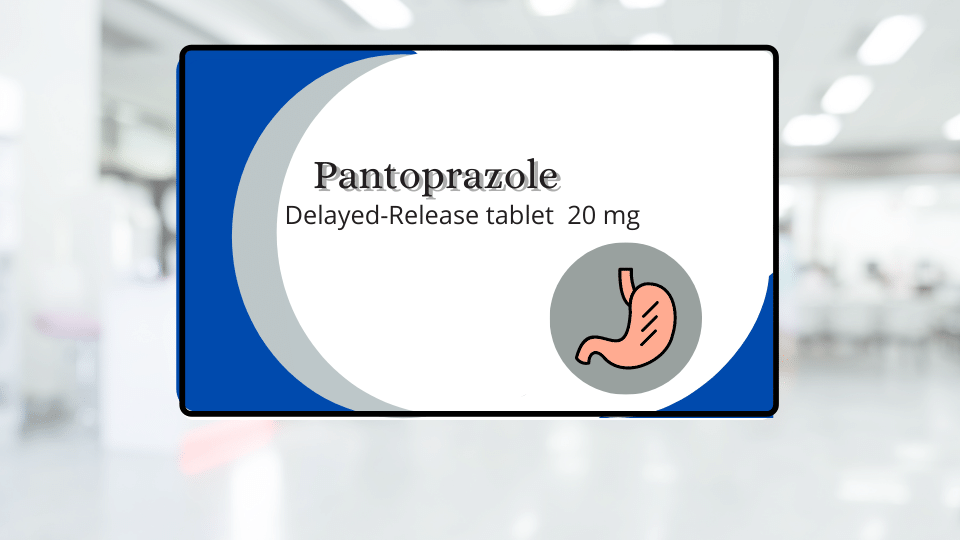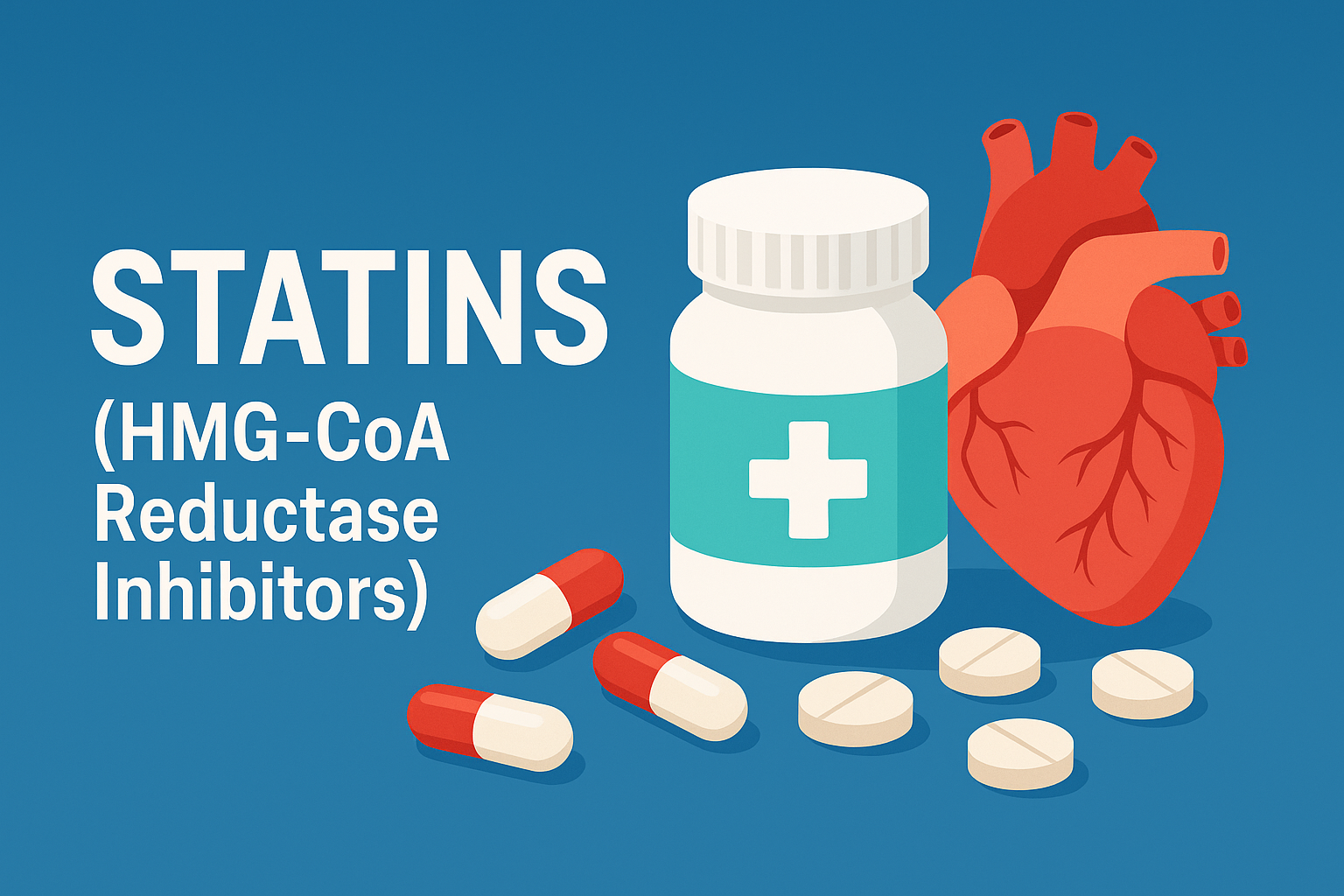| A Summary of Pantoprazole side effects appearing on different organs/body systems | |
| CNS | Headache, dizziness, asthenia, vertigo, insomnia, apathy, anxiety, prickling sensation, dream abnormalities |
| GIT | Diarrhea, abdominal pain, nausea, vomiting, constipation, dry mouth, tongue atrophy, C. difficile diarrhea |
| Respiratory system | Upper respiratory infection symptoms, cough, epistaxis, pneumonia |
| Others | Back pain, fever, vitamin B12 deficiency, loss of bone density, bone fractures, decreased magnesium levels, thrombophlebitis with IV use |
It acts by preventing the conversion of angiotensin I to angiotensin II (a potent vasoconstrictor), and thus, decreases blood pressure.
Lisinopril can cause various adverse reactions, most commonly rash and persistent dry cough. To minimize these effects a reduction of dosage may necessary.
Pantoprazole (Protonix) is a proton pump inhibitor that acts by reducing the amount of acid the stomach produces, hence it is used for diseases that are caused/worsened by the excess of stomach acid such as peptic ulcer, duodenal ulcers and GERD.
Usually, Pantoprazole will not cause any side effects; however, if you experience any symptom, they will often be mild and will diminish once you stop taking the drug.
- Asthenia
- Sleep disorders
- Gastrointestinal disorder
- Hyperlipidemia
- Angioedema
- Changes in weight
- Toxic epidermal necrolysis
- Stevens-Johnson syndrome
- Thrombocytopenia
- Hip fracture
- Rhabdomyolysis
- Acute interstitial nephritis
- Muscle spasm
- Electrolyte imbalance
Pantoprazole overdose symptoms may include hyperglycemia and C.difficile associated diarrhea.
1. Kizior, R.J. and Hodgson, B.B. (2018). Saunders nursing drug handbook 2019. Philadelphia: Saunders.
2. Joint formulary committee, BNF 80 (The British National Formulary), 80th Revised edition, Pharmaceutical Press, London, United Kingdom, [2020]
3. Williams and Wolters Kluwer Health (2012). Nursing 2012 drug handbook. Philadelphia, Pa.: Wolters Kluwer Health/Lippincott Williams & Wilkins.
Pantoprazole (Protonix) belongs to a group of medicine known as PPIs. It’s commonly used to treat stomach and intestinal ulcers, acid reflux, heartburn, and Zollinger Ellison syndrome. Click to read more information about Pantoprazole.

The urethra is a muscular canal that extends from the neck of the bladder to the exterior of body. Read more about the anatomy of urethra in this article.

Chronic kidney disease (CKD) is a disease in which irreversible damage to the kidneys leads to a reduction in kidney function. CKD has 5 stages and many complications.

Learn about medical uses, safety profile, mechanisms and interactions of statins.

Comprehensive guide on Ozempic (semaglutide), including its uses, dosage, side effects, warnings, and interactions.
.png)